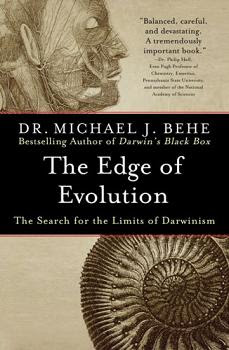This is one of the most important molecules on Earth. Without it we wouldn't be around and neither would most species. The revised structure is shown here. The one shown in the textbooks is wrong and this includes my own recently published edition of
Principles of Biochemistry. Oops!
You need to identify the molecule, including the part with the white carbon atoms. You also need to specify how this molecule differs from the one shown in most textbooks.
Post your answer in the comments. I'll hold off releasing any comments for 24 hours. The first one with the correct answer wins. I will only post
correct answers to avoid embarrassment.
There could be two winners. If the first correct answer isn't from an undergraduate student then I'll select a second winner from those undergraduates who post the correct answer. You will need to identify yourself as an undergraduate in order to win. (Put "undergraduate" at the bottom of your comment.)
Some past winners are from distant lands so their chances of taking up my offer of a free lunch are slim. (That's why I can afford to do this!)
In order to win you must post your correct name. Anonymous and pseudoanonymous commenters can't win the free lunch.
Winners will have to contact me by email to arrange a lunch date.
UPDATE: The molecule is the iron-sulfur-molydenum cluster with bound homocitrate. The central atom was thought to be nitrogen but recent work has shown that it is most likely carbon. The cluster is in the active site of bacterial nitrogenase, an enzyme responsible for fixing atmospheric nitrogen and converting it to ammonia. This is a key part of the nitrogen cycle. The winner is David J. Schuller. I don't know if he will come for lunch.
Winners
Nov. 2009: Jason Oakley, Alex Ling
Oct. 17: Bill Chaney, Roger Fan
Oct. 24: DK
Oct. 31: Joseph C. Somody
Nov. 7: Jason Oakley
Nov. 15: Thomas Ferraro, Vipulan Vigneswaran
Nov. 21: Vipulan Vigneswaran (honorary mention to Raul A. Félix de Sousa)
Nov. 28: Philip Rodger
Dec. 5: 凌嘉誠 (Alex Ling)
Dec. 12: Bill Chaney
Dec. 19: Joseph C. Somody
Jan. 9: Dima Klenchin












